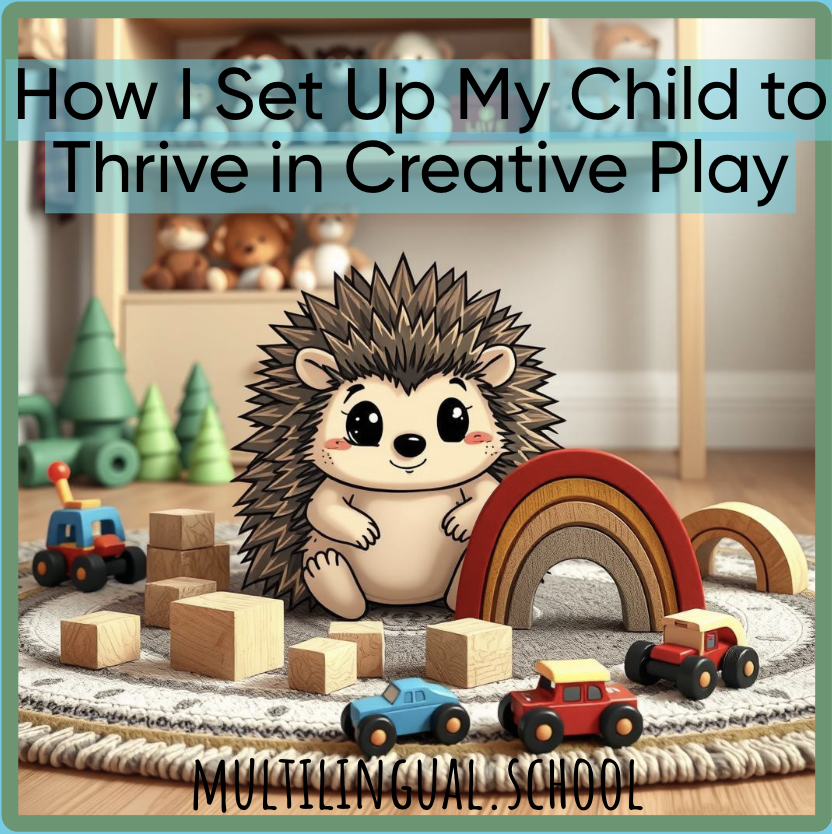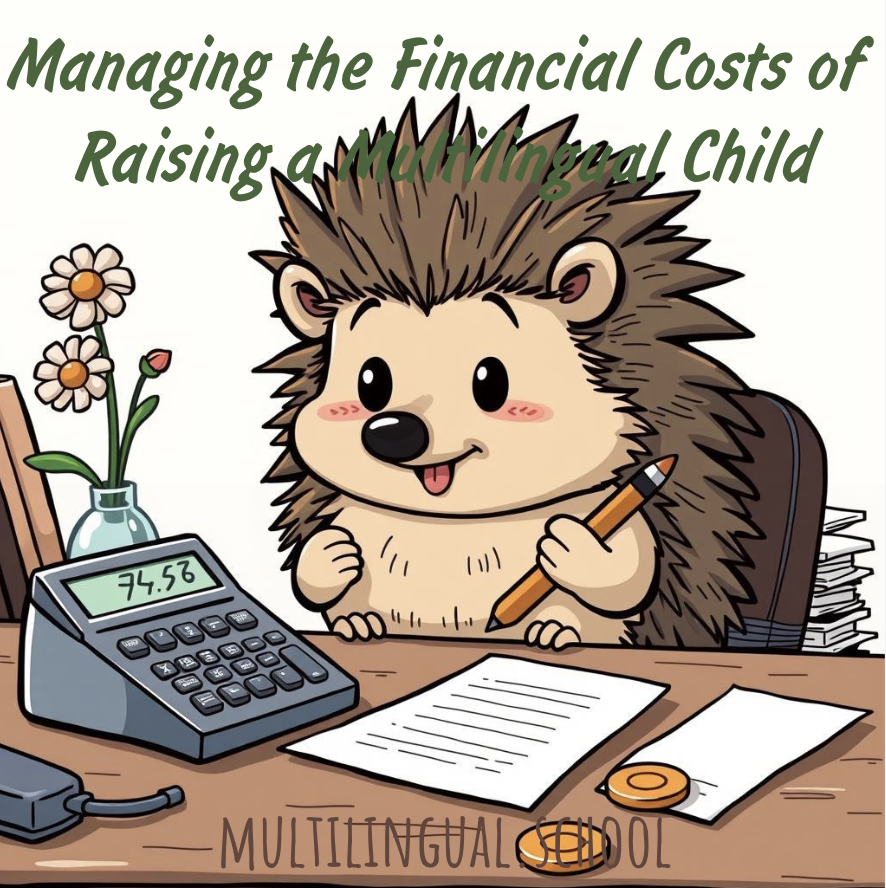Inconsistent School Curriculums Across Countries: Disrupting Language Development in Multilingual Children
This post may contain affiliate links, which means that I may receive a commission if you make a purchase using these links. You do not pay a higher price.
Helping your child to thrive with mismatching curriculums and stay connected to your home languages
When you’re raising multilingual children abroad, you’re already juggling a complex task—balancing your home languages with the dominant language of your new country. But what happens when the school system adds another layer of difficulty? Inconsistent curriculums across countries can disrupt your child’s language development, especially when you’re determined to nurture your home languages outside of school. It’s a challenge many expat parents face, and it can feel overwhelming—like assembling a puzzle with mismatched pieces. The good news? You can take control and help your child thrive in all their languages, even when school systems don’t cooperate.
The Problem: How Inconsistent Curriculums Create Chaos
Picture this: Your child has been attending an international school in one country, learning subjects in English, while you’ve been teaching Spanish at home. Then, you relocate to another country where the curriculum switches to French. Suddenly, your child is grappling with new academic content in a different language, and the Spanish you’ve worked so hard to maintain takes a backseat. These shifts don’t just confuse kids—they can create real gaps in language development.
Inconsistent curriculums mean teaching styles, vocabulary, and even grammar rules can vary widely from one country to the next. For multilingual children already managing multiple linguistic systems, this inconsistency can slow down their progress. A child might excel in German at home but struggle when a new school’s curriculum prioritizes another language entirely. Over time, these disruptions can weaken their fluency in the home languages you’re trying to preserve.
Why It Hits Hard
Language isn’t just about communication—it’s about identity and connection. When school curriculums don’t support your home languages, your child’s link to their heritage can start to fade. Here’s what inconsistent curriculums can lead to:
Confusion Over Rules: Different countries teach language skills—like grammar or phonics—in conflicting ways, leaving your child unsure of what’s correct.
Vocabulary Gaps: Switching curriculums might mean your child misses out on key words or concepts in one of their languages.
Emotional Strain: Constantly adapting to new systems can turn language learning into a source of frustration rather than pride.
For example, imagine a family from Brazil living in Germany. At home, they speak Portuguese, but their child attends a local school focused entirely on German literacy. Over time, the child starts replying in German even at home, and the parents worry that Portuguese is slipping away. Scenarios like this highlight how school curriculums can unintentionally undermine your efforts to teach home languages outside the classroom.
Why It’s Worth Fighting For
Maintaining your home languages matters. It keeps your child connected to family, culture, and their sense of self. Research from the University of Cambridge shows that children who actively engage with their home languages outside school retain stronger fluency and cultural ties, even when faced with educational inconsistencies. So, while schools might not always align with your goals, you have the power to bridge the gap.
Strategies to Teach Home Languages Despite the Disruption
Here are practical ways to keep your child’s language development on track, even when school curriculums throw curveballs:
Build Language Into Your Home Life
Set a Routine: Assign specific times or activities to each language. Maybe mornings are for Spanish conversations, and evenings are for English stories. Consistency helps your child switch between languages naturally.
Link to School Topics: If your child is studying math in French at school, reinforce those concepts in your home language—like discussing shapes or numbers in Spanish. This builds both subject knowledge and language skills.
Tap Into Outside Resources
Join Language Communities: Seek out playgroups, cultural events, or online forums where your home languages are spoken. A weekly meetup with other Spanish-speaking families can work wonders.
Use Media: Find books, shows, or apps in your home languages that tie into what your child is learning at school. A Portuguese cartoon about science can complement a German science lesson.
Collaborate with the School (When You Can)
Share Your Goals: Talk to teachers about your child’s multilingual background. They might allow small nods to your home languages, like letting your child write a story in Portuguese.
Ask for Flexibility: Some schools offer support for language transitions or let kids use their home languages for certain tasks—don’t be afraid to ask.
Keep It Positive
Celebrate Effort: If your child stumbles while adapting to a new curriculum, praise their hard work. A simple “You’re doing great with this!” boosts confidence.
Make It Fun: Turn language practice into play with games, songs, or apps. The less it feels like a chore, the more they’ll embrace it.
The Bigger Picture
Inconsistent school curriculums can feel like a hurdle, but they don’t have to stop your child’s language journey. By weaving your home languages into daily life, tapping into community support, and staying proactive, you’re not just overcoming gaps—you’re giving your child a richer, more adaptable linguistic foundation. Every conversation, story, or song in your home language is a step toward fluency and a stronger cultural bond.
Take Charge of the Journey
Raising multilingual children abroad is no small feat, and inconsistent curriculums can make it tougher. But with the right approach, you can teach your home languages outside of school and keep your child’s development on track. It’s not about fighting the school system—it’s about complementing it. So, take the lead, get creative, and watch your child grow into a confident, multilingual individual, ready to navigate the world in all their languages.













